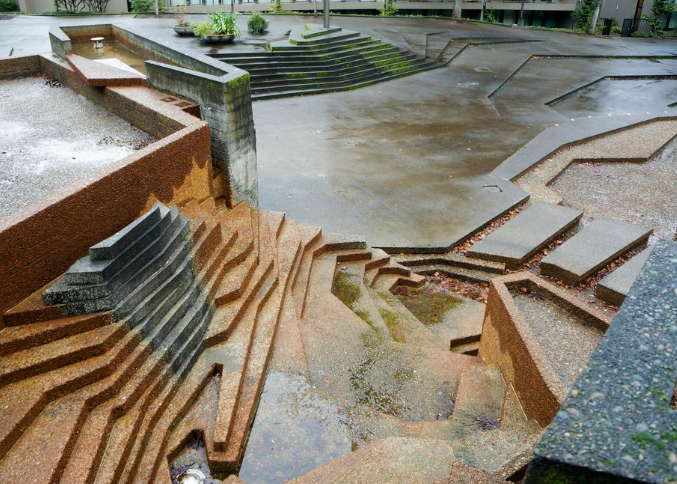Halprin Landscape Architecture: A Legacy of Design and Community
Halprin Landscape Architecture, under the guidance of Lawrence Halprin, has profoundly shaped public spaces in America. Halprin’s work is not only aesthetically pleasing but also emphasizes the relationship between landscape, community, and the human experience. Understanding his philosophy can inspire current and future landscape architects as well as inform the public about the importance of thoughtful design.
The Philosophy of Landscape as Experience
One of the cornerstones of Halprin’s approach is the belief that landscapes should be experienced rather than merely viewed. He saw public spaces as living entities that engage the senses and evoke emotions. Halprin’s designs often incorporate elements like water features, natural materials, and winding paths, encouraging users to interact with their environment. This philosophy is prevalent in projects like the FDR Memorial in Washington, D.C., where the landscape works in harmony with the memorials, enhancing the visitor’s experience while fostering reflection and community engagement.
Fostering Community through Design
Halprin believed that landscape architecture has the power to bring communities together. His designs often prioritize accessibility and inclusivity, making public spaces inviting for all. For instance, at the Ghirardelli Square in San Francisco, his layout encourages social interaction, with open areas for gatherings and events. This not only enhances the area’s functionality but also strengthens community bonds, illustrating how thoughtful landscape architecture can create a sense of belonging and connection.
Sustainability in Landscape Architecture
Sustainability is a crucial theme in Halprin’s work. He stressed the significance of creating spaces that are not only beautiful but also environmentally responsible. His designs often incorporate native plants and sustainable practices, promoting biodiversity and reducing the need for irrigation. Projects like the Sea Ranch in California exemplify this commitment, where the design complements the natural landscape, ensuring its longevity and sustainability. Halprin’s vision serves as a reminder of the role landscape architects play in promoting ecological health.
In Closing
The legacy of Halprin Landscape Architecture is a powerful testament to the influence of thoughtful design on communities and the environment. By understanding and applying Halprin’s principles, landscape architects can create spaces that foster connection, promote sustainability, and enrich the human experience. If you’re interested in exploring more about Halprin’s work or landscape architecture in general, consider visiting local projects or engaging in community discussions. Every step toward appreciating these spaces contributes to a more vibrant and connected world.

